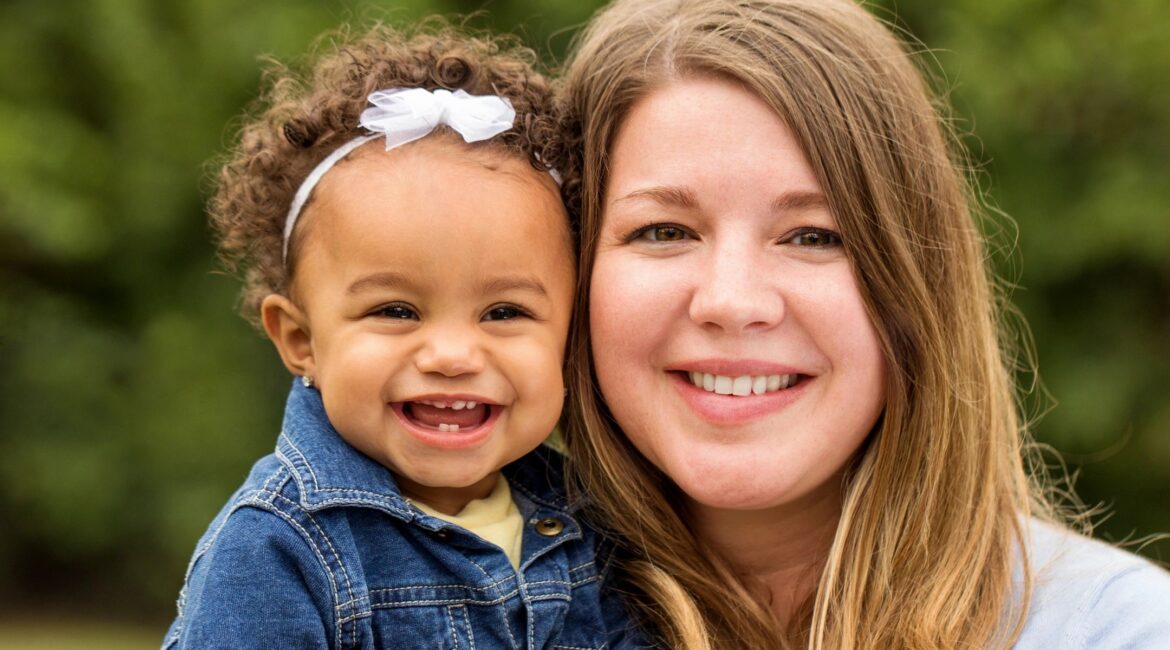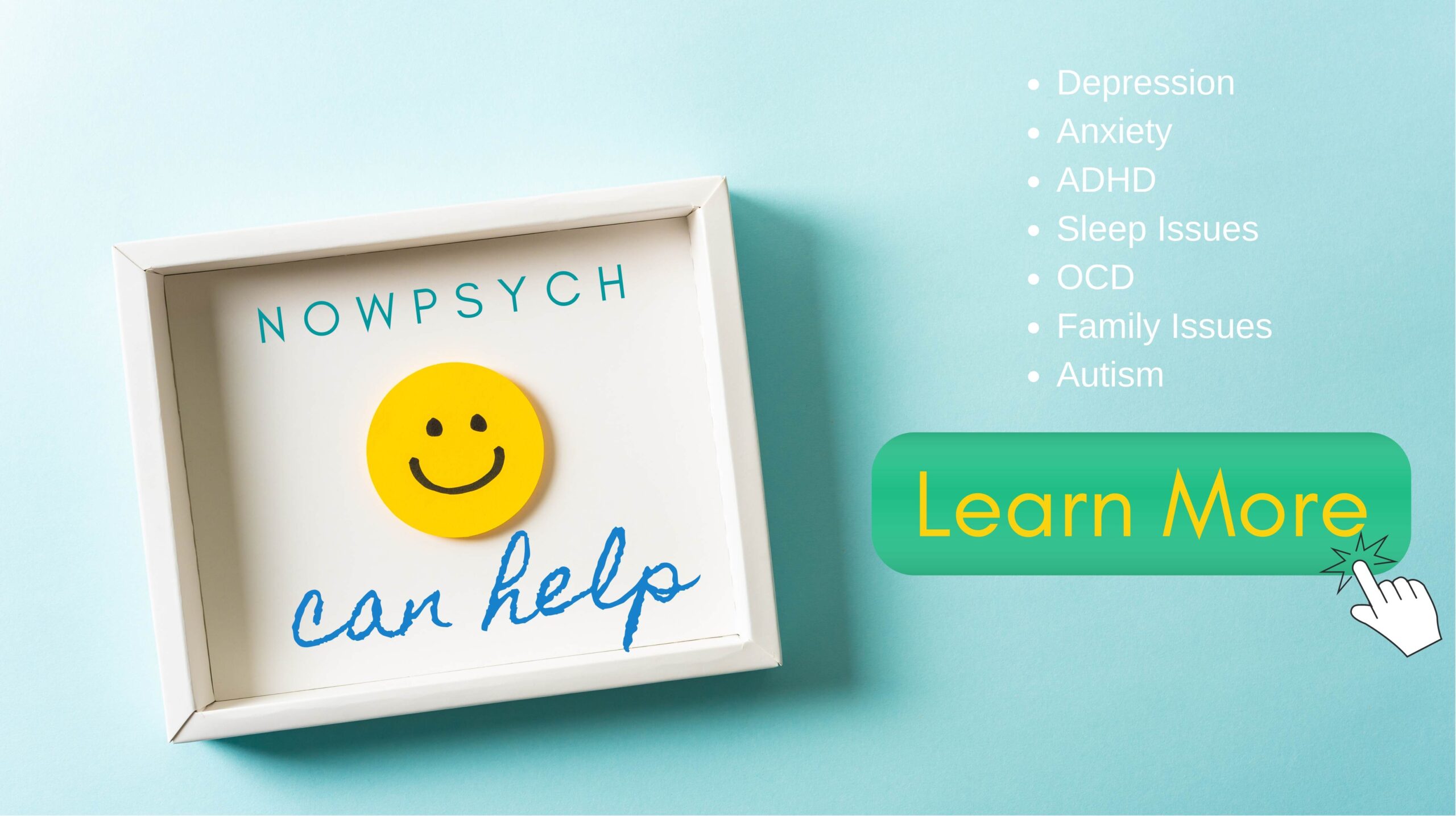Applied Behavioral Analysis
Applied behavioral analysis, or ABA, is a type of therapy for individuals with autism. This article will explain the basics of ABA and how it works for children with autism and their parents.
What Is Applied Behavioral Analysis?
The basis of applied behavioral analysis is that applied behavioral analysts observe patterns in problem behavior and learning. This helps them to identify how their patients learn, what triggers their behaviors, and how their behavior is influenced by their natural environment. Some consider ABA an option in the treatment of autism.
The purpose of ABA is that it helps to provide patients with an understanding of their behavior and teaches skills they can use. This helps to prepare them for real-life situations and allows them to perform better than they might have otherwise.
Benefits of ABA Therapy
There are a number of reasons that you might want to use ABA therapy for a child with autism spectrum disorder.
Improved Language Skills and Communication with Applied behavioral analysis
ABA is considered an effective intervention for helping to improve communication in people with ASD, especially in young children who struggle to communicate verbally.
Improving Learning Skills like Focus, Memory, Attention
ABA can be useful for helping to eliminate learning problems like a short attention span, memory issues, and a lack of focus. Studies done on the use of ABA in early childhood education report that the therapy has been effective for helping to bring about positive changes in the lives of young students.
Applied Behavioral Analysis can Lower Problematic Behaviors
ABA can also help to eliminate problematic behaviors. By identifying certain triggers and responses, an ABA therapist can help to reduce the frequency of acting out or behaving inappropriately by creating behavioral interventions and aim for desired behaviors.
How Does ABA Work?
ABA is a fairly flexible treatment which can be individualized to help meet the patient’s specific needs, and also educates the parent or caregiver. However, there are a few things that you can expect to see during an ABA treatment.
- Positive reinforcement, which helps to encourage positive behaviors by rewarding them. Positive reinforcement has been proven to work much better than the alternative: punishment when someone does something wrong.
- The ABCs. The ABCs stand for antecedent, behavior, and consequence. This helps people to understand the ramifications of their actions and can help reduce difficult behavior.
It’s important to note that ABA programs will be a bit different for each person pursuing the treatment. As such, most good ABA therapists will provide you with an ongoing assessment.
The initial assessment will identify what areas need to be worked on. The ongoing assessment will evaluate which areas have been improved upon and which need more work. This will allow the treatment to move on to a different area.
After each session, the therapist will record some information so that they can continually monitor progress. They will engage with parents or guardians to let them know how the treatment is going.
If you’re a parent, then you’ll be kept in the loop and also included in the ongoing maintenance of the ABA therapy. You’ll be able to share your observations with the therapist and let them know how you think ABA is working.
Conclusion
Applied Behavioral Analysis (ABA) is a behavioral analysis therapy that aims to help improve the mental health and well-being of people with autism. Each ABA treatment will be tailored to the individual so that they can receive the best possible aid.
Dr. Sean Paul is a board certified child psychiatrist who practices in person and online psychiatry.






